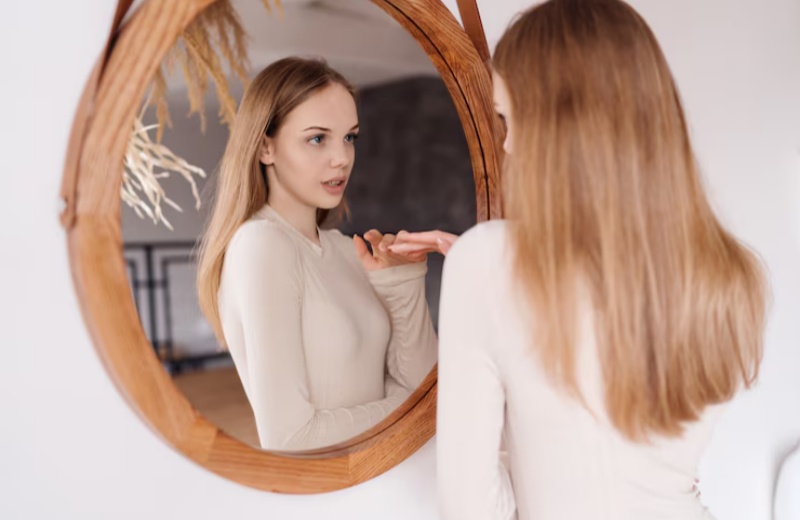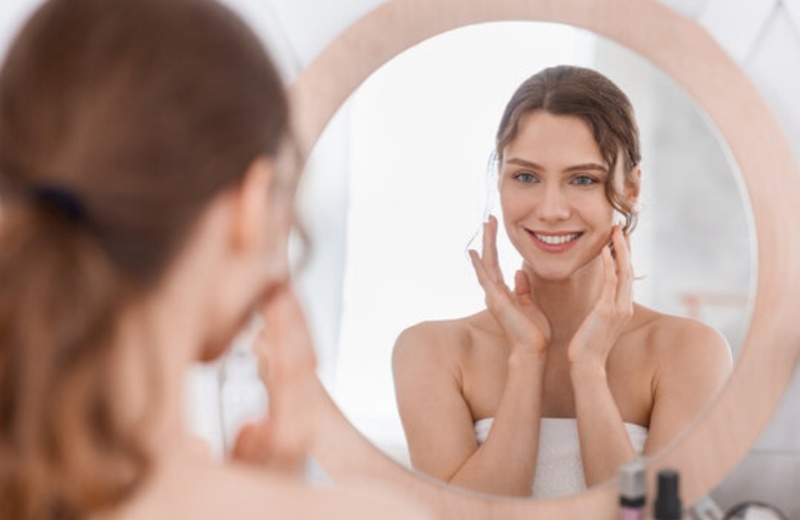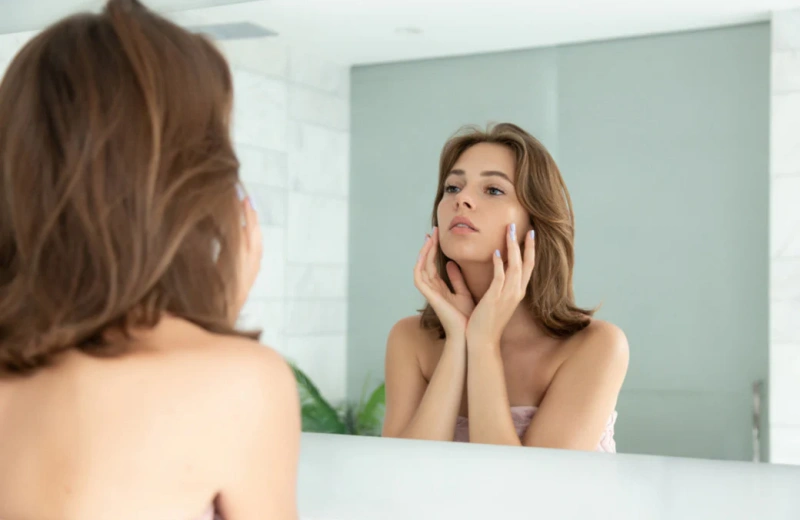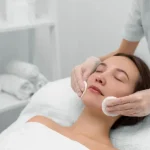At the heart of aesthopsychology is the idea that beauty is not merely an external quality but also a reflection of our internal state. The way we perceive beauty can significantly impact our emotional responses and self-image. For example, individuals who engage with aesthetically pleasing environments often report higher levels of happiness and satisfaction. This connection underscores the importance of surrounding ourselves with beauty, whether through art, nature, or personal style. Creating a visually appealing space can serve as a daily reminder of positivity and inspiration.
One of the key aspects of aesthopsychology is the role of self-expression in enhancing mental well-being. Engaging in creative activities, such as painting, writing, or even fashion, allows individuals to express their unique identities. This self-expression can lead to increased self-awareness and personal growth. When individuals take the time to explore their aesthetic preferences, they often discover aspects of themselves that they may not have fully acknowledged. This journey of self-discovery can foster a deeper connection with one’s inner self and boost overall confidence.

Furthermore, the aesthetic choices we make can influence our mood and mindset. Colors, patterns, and textures all have psychological effects that can either uplift or diminish our spirits. For instance, warm colors like red and yellow are often associated with energy and happiness, while cooler tones like blue and green can evoke calmness and tranquility. By consciously selecting colors and designs that resonate positively with them, individuals can create an environment that supports their emotional well-being. This practice can be applied to various aspects of life, from home decor to personal fashion choices.
Aesthopsychology also emphasizes the importance of mindfulness in appreciating beauty. Taking the time to notice and appreciate the beauty around us can enhance our overall quality of life. This mindfulness practice encourages individuals to engage with their surroundings fully, allowing them to experience beauty in everyday moments. Whether it is the intricate details of a flower or the vibrant colors of a sunset, cultivating an appreciation for beauty can lead to a more fulfilling and enriched life.

Moreover, the impact of aesthetics on social interactions cannot be overlooked. Our perceptions of beauty can influence how we connect with others. Feeling good about one’s appearance often translates into greater confidence in social situations. This confidence can enhance communication and foster deeper connections with others. A positive self-image encourages individuals to engage more openly and authentically, creating a ripple effect that benefits both the individual and their relationships.
The principles of aesthopsychology offer valuable insights into enhancing self-perception and emotional well-being. By recognizing the power of beauty in our lives, individuals can make conscious choices that promote positivity and self-acceptance. Engaging in creative expression, surrounding oneself with aesthetically pleasing environments, and practicing mindfulness can all contribute to a more fulfilling and joyful existence. Embracing the concepts of aesthopsychology empowers individuals to enhance their lives through the beauty that surrounds them and resides within.



